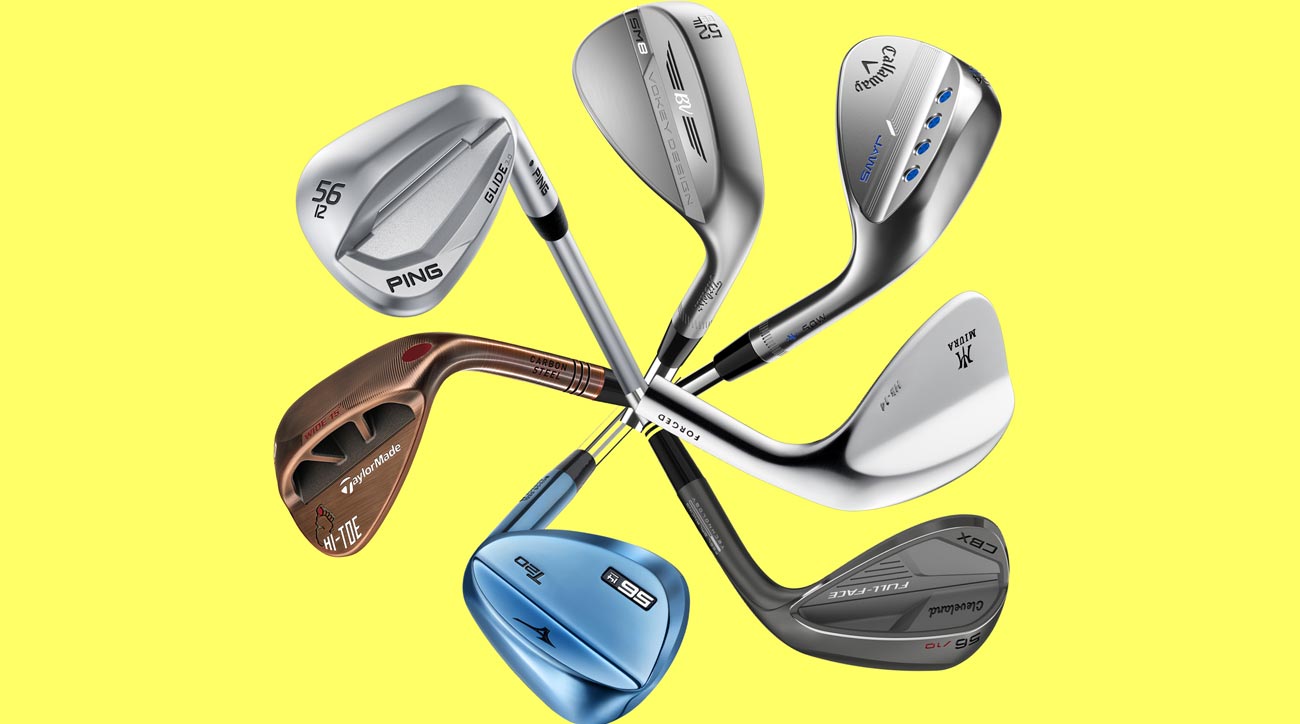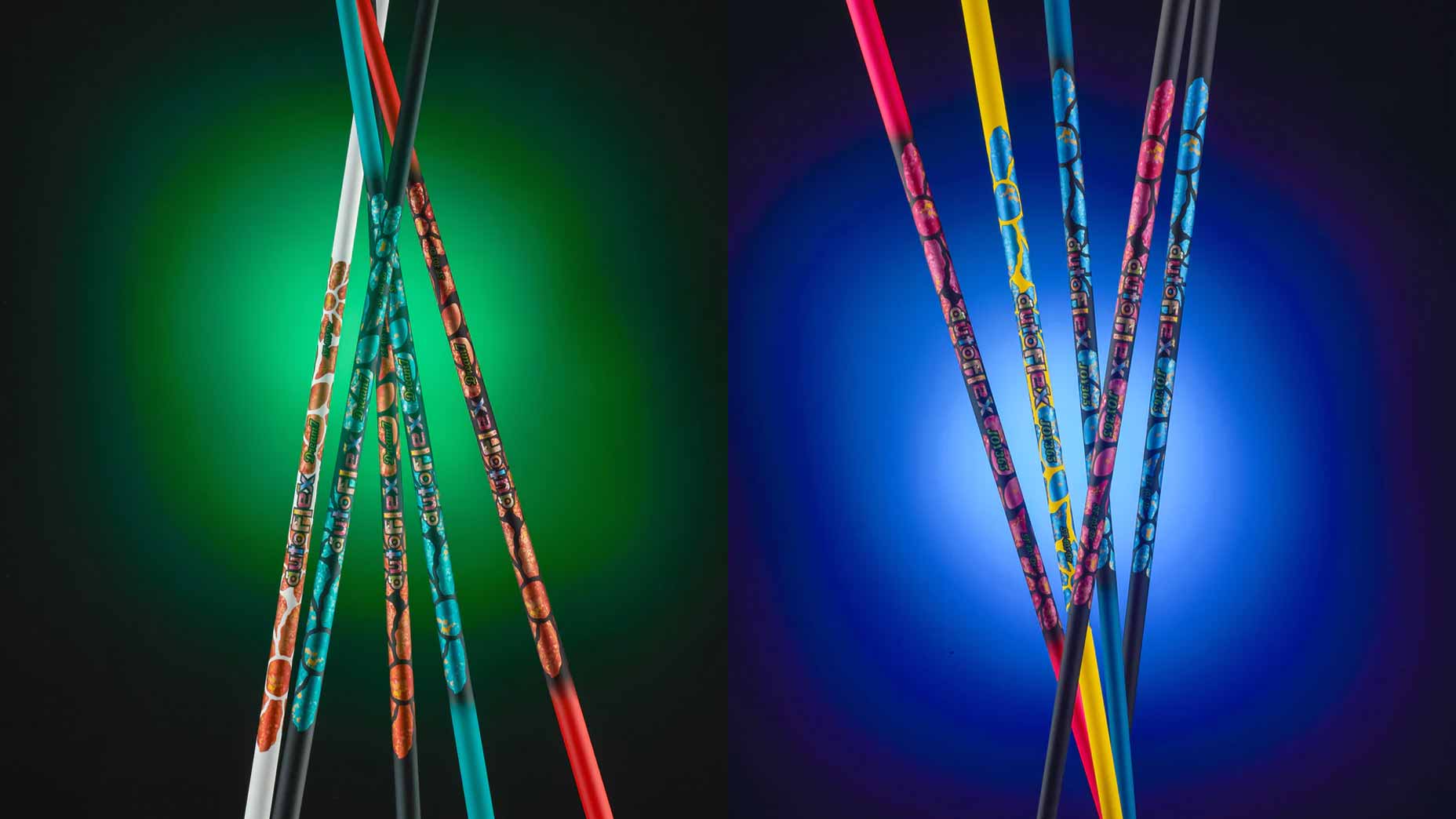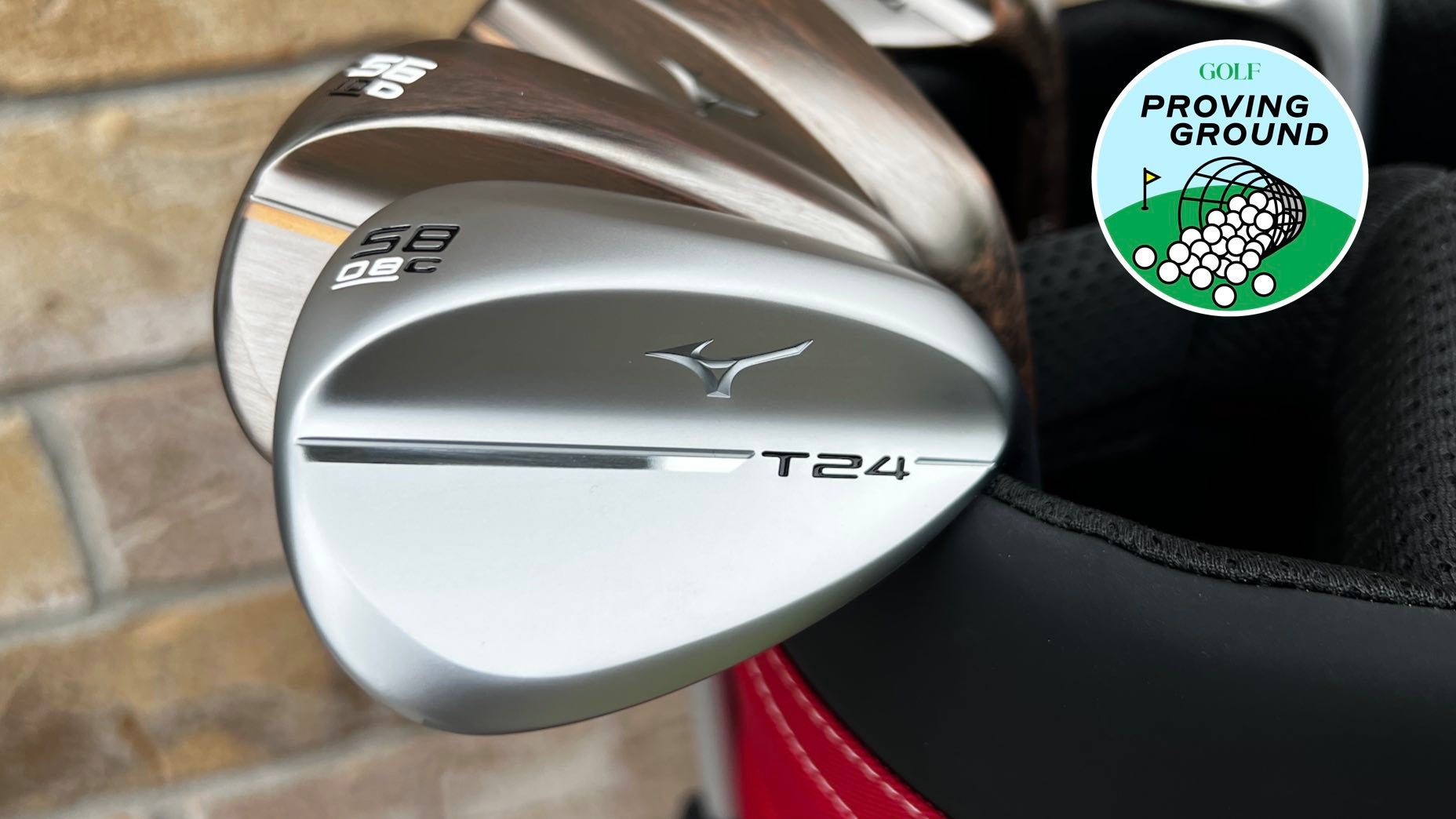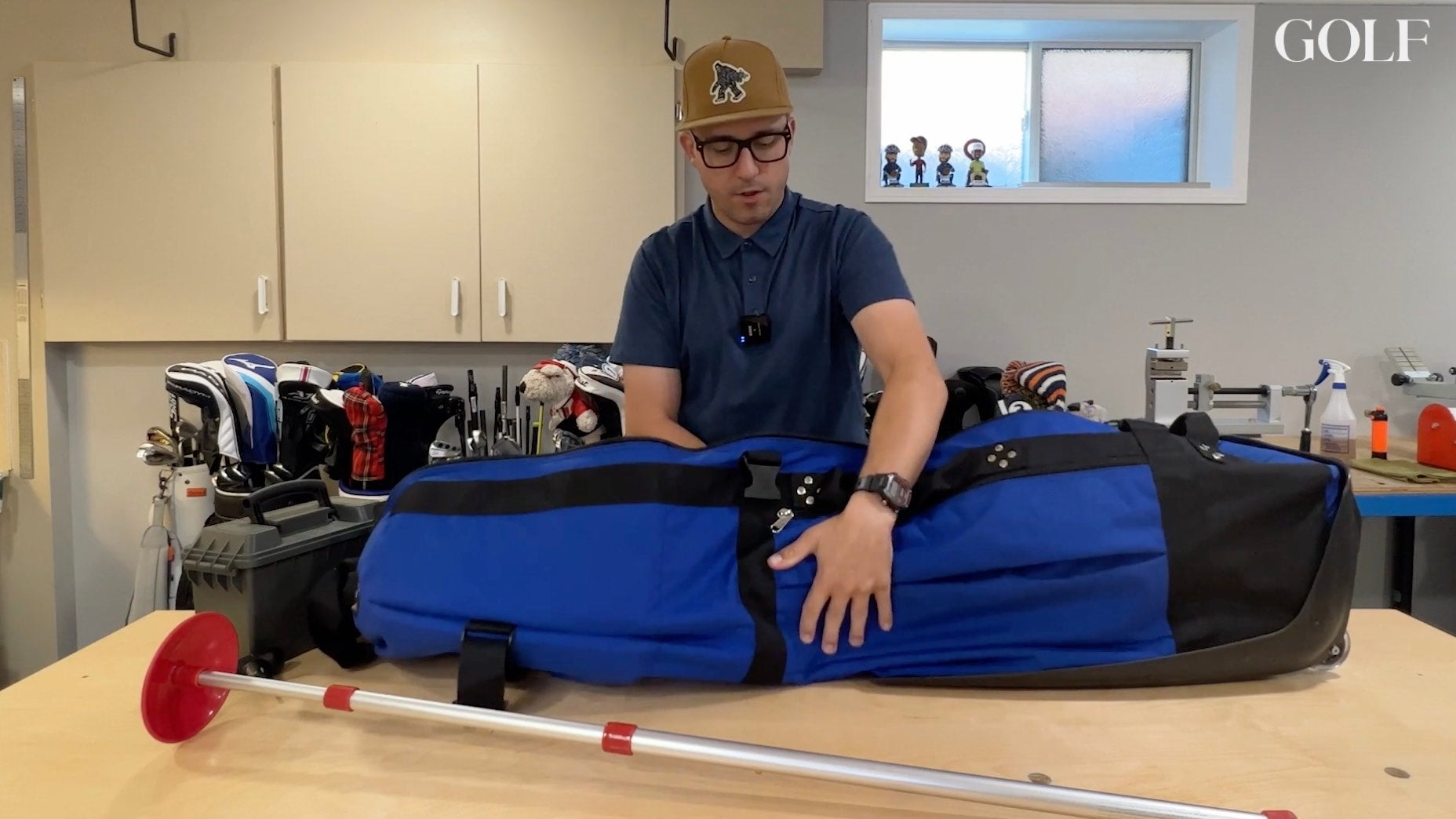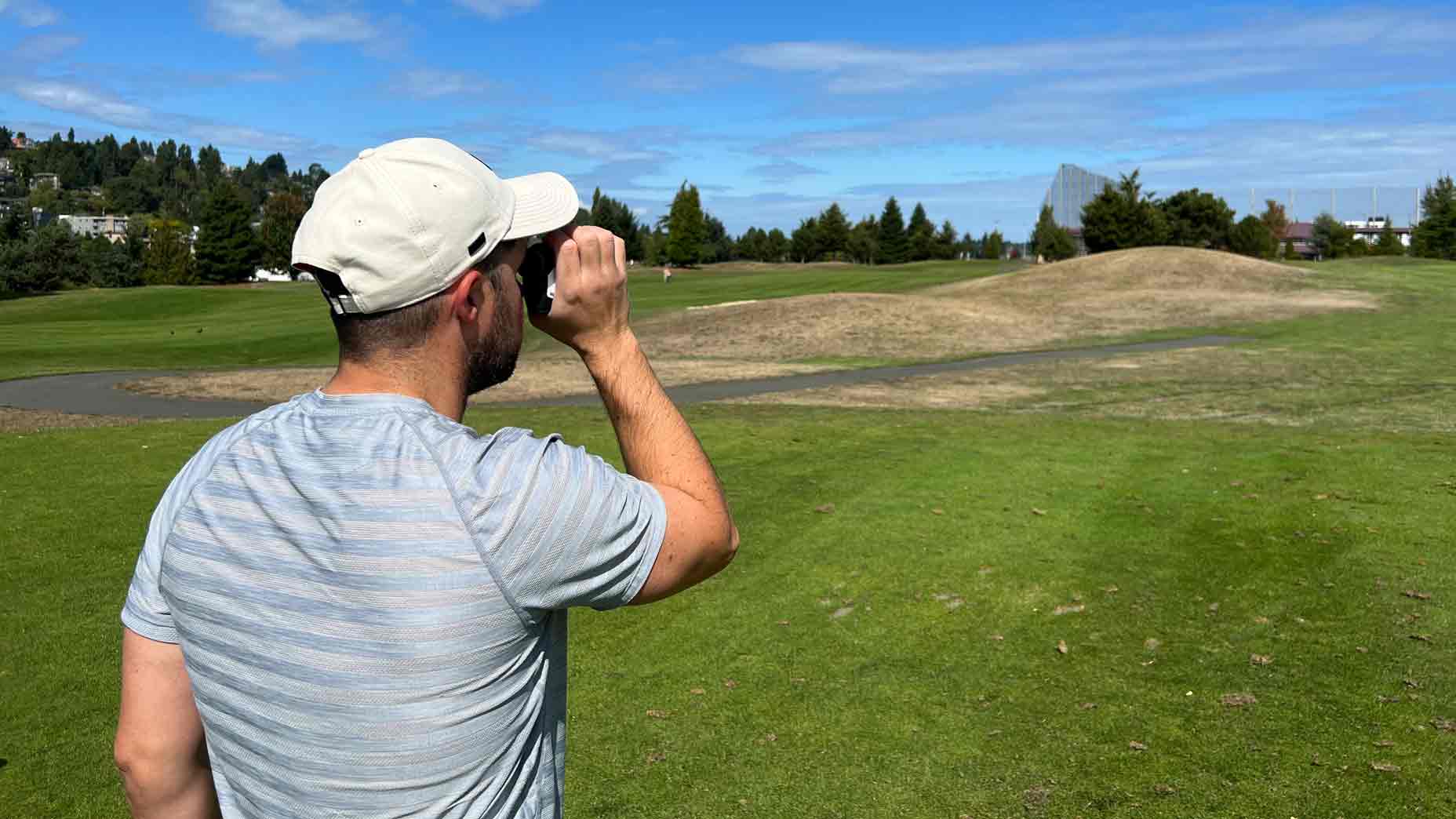If you can upgrade one part of your bag during the offseason, what should it be?

What part of your bag should you upgrade during the offseason?
Getty Images
Ed. Note: After a long winter layoff (which has been extended with the various shutdowns in parts of the country) most everyone’s game has some rust. That’s where we come in. Over the next several weeks, we’ll answer the questions every golfer is wondering when it comes to getting their games sharp for the 1st tee. Today, we discuss what part of your bag you should think about upgrading during the offseason.
*****
It’s about that time that everyone comes out of their winter-long golf hibernation and heads back to the golf course. Last week we discussed what the best things to work on when coming back from the long layoff is. This time, our staff shares what they think is best to upgrade in their bag before they get back at it for another summer of golf.
New wedges never hurt
When it comes to upgrades, I think it really depends on what you currently have in the bag. If you’re on a budget, I’d invest in a new sand or lob wedge — or both. Assuming you play regularly, there’s a good chance your grooves are losing some bite. Getting penalized for a good chip because your grooves are on the dull side is one of the most frustrating things that can happen on the course. A new wedge will run you $110-120, which isn’t all that bad when you consider the investment that needs to be made for a new set of irons or a driver.
If you have a larger budget, driver is probably the most logical big-ticket purchase — but only if you’re using something that’s 4-5 years old or older. That’s where you’ll see some noticeable improvements and get the most bang for your buck. — Jonathan Wall, Managing Equipment Editor
Find a flat stick that works
The most logical answer here for me is the putter, especially if you have carpet at home that you can putt on. To get comfortable and dialed in with a new putter, you don’t absolutely NEED to be outdoors on a real putting green. Whether you’re changing into an old putter you already have or breaking in a new putter, use the downtime at home to make a seamless putter switch.
My advice would be to practice hitting short putts (5-10 feet, if possible) on a perfectly straight starting line. Not only will you get more and more comfortable with the putter, but you might even dial in a more reliable putting stroke while you’re at it.
NOTE: The best way to find the perfect putter for you is to get a professional fitting. Times are weird and not all fitting locations are open at the moment, but try to consult with an expert fitter whenever possible to make sure you have the right putter for your game. — Andrew Turksy, Senior Equipment Editor
Tighten up the yardage gaps
I’ve been posted in Massachusetts throughout our quarantine period, one of the last states that remains golf-free, so I’m chomping at the bit to get out on the course. In terms of gearing up, I feel like I’m in a pretty good spot with one exception: closing the gap between my long irons and my 3-wood. I hit driver and 3-wood pretty far, but my irons not so much. Why? We’ll leave that to the philosophers. But there’s a massive 35-40 yard gap in my bag right now, and if it’s still there when I tee it up in a month, I’ll have only one person to blame: myself.
But what this means is something exciting: I absolutely must purchase a fresh 2-iron, probably something with a little extra muscle behind it, to bisect that gap. I’ve always preferred the iron look to the hybrid look, so I’m going to get together with the brain trust (a.k.a. the rest of this roundtable) and order up just the right club. If that means I hit slightly fewer knockdown-slice 3-woods to go that weird in-between distance, that’s probably a good thing for my score. — Dylan Dethier, Senior Writer
Get fitted for your game
I’m a putter tinkerer. I can’t help it, which is why — shocker! — I’m planning to upgrade my putter before the season rolls around. Except this time, I’m not going to wing it. No more looking at the latest line up, grabbing something that looks alright and giving it a try. This time, I want to get dialed-in with a proper fitting, and iron-out some of the nitty gritty details I’ve always wondered about. A putter head design that will help me improve my stroke, not one designed to compensate for my flaws. I don’t just want to know which shape of putter grip I should use; I want to know what weight it should be, and why. How about alignment? I’ve never put much thought into whether I should be looking down at a line, a dot, or nothing at all. If I’m serious about improving my putting — which I am — I want answers to these questions from an expert, so I can commit to a putter I both understand and can believe in. — Luke Kerr-Dineen, Managing Instruction Editor

